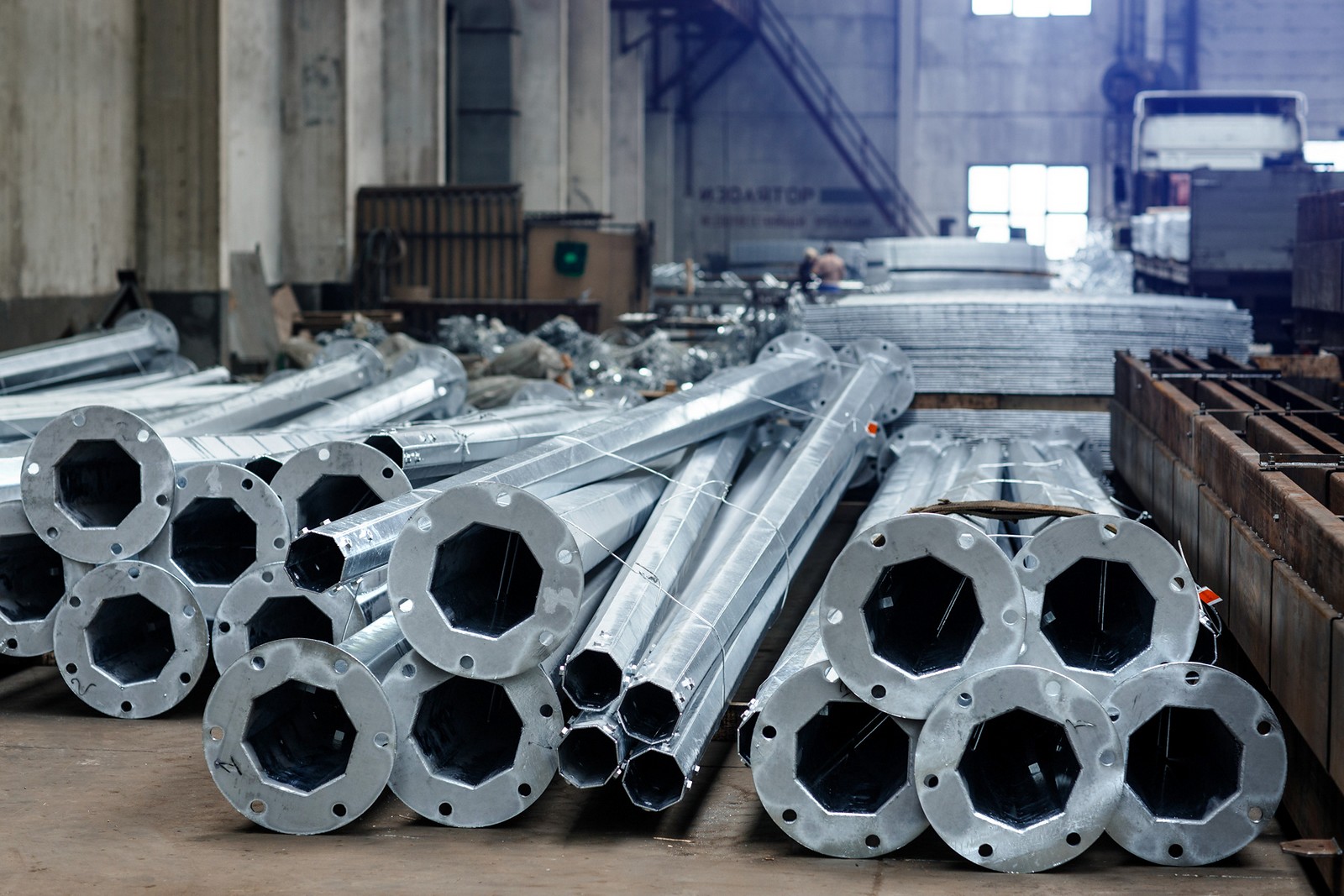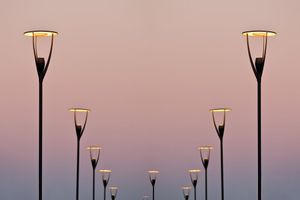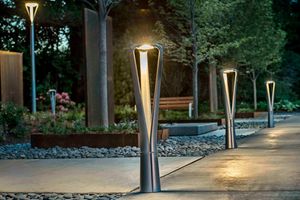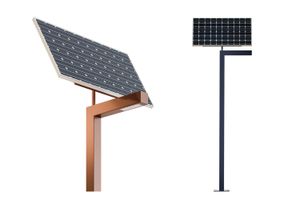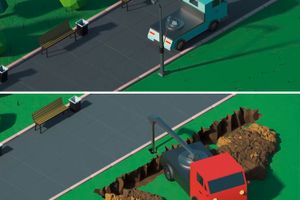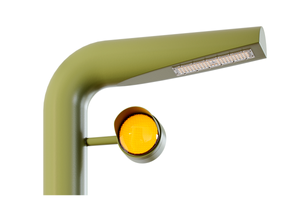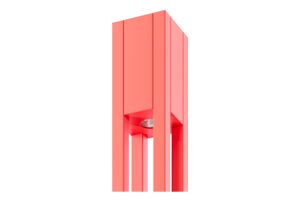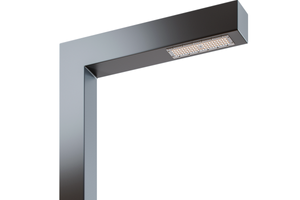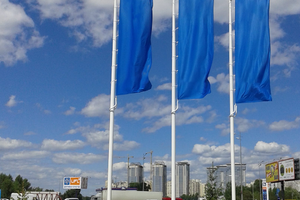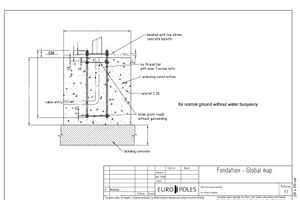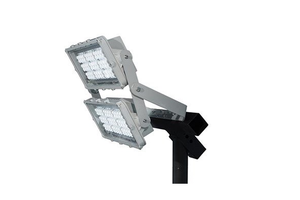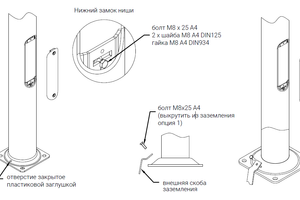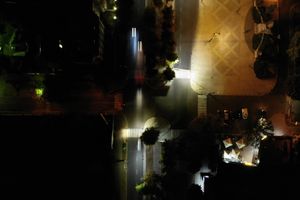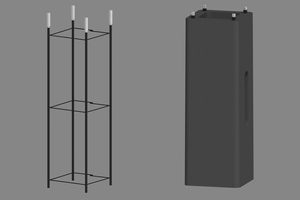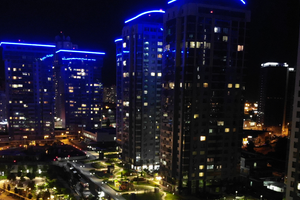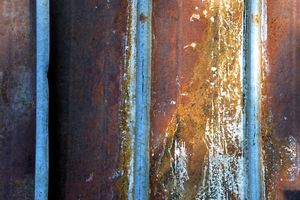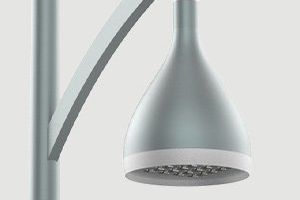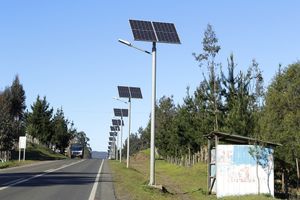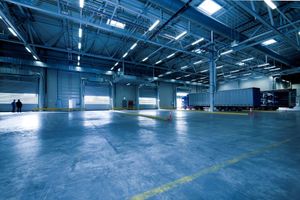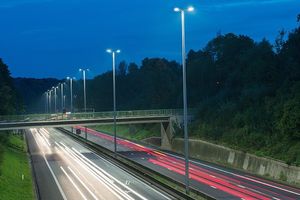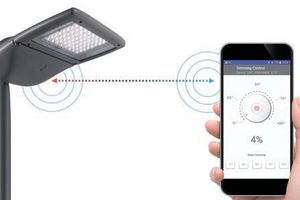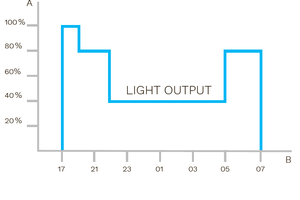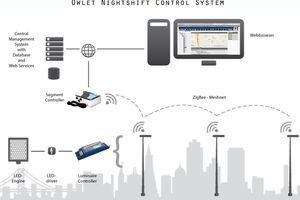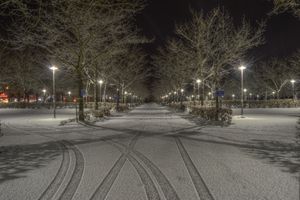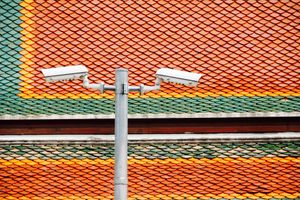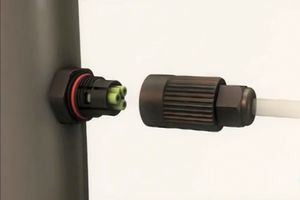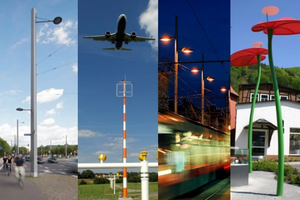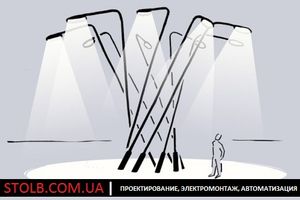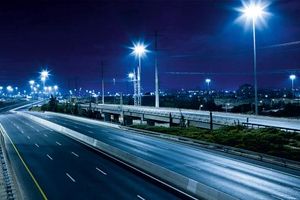Navigation:
- Installation of lighting poles: digging technology
- Installation of external lighting on supports with anchor fastening
- How is the installation of aluminum lighting poles performed
- Installation of metal lighting poles made of galvanized material
- Installation of street lighting supports from composite materials
- Installation of lighting poles: standards and features for power structures
These are quite heavy and tall structures, and in addition to their own weight, they also have to hold brackets with lamps, to resist gusts of wind. Therefore, the installation of outdoor lighting poles requires knowledge and practical experience of the team, the ability to select the right technology for different types. We will talk about subtleties and features of installation technology in this article.
Classification
These products are complex, designed for temperature changes and mechanical loads, different modes of operation, so they have a large list of characteristics. From them there are two main criteria by which they are divided into groups. The class, to which this or that column belongs, further defines all key moments of installation of support of street lighting.
Classification by type of material
For the manufacture of modern models use:
- Aluminum. Structures from it turn out easy and strong. Due to their natural corrosion resistance, aluminum products are very popular. An additional advantage is their light weight, which reduces the cost of transportation and installation;
- Galvanized metal. Products from it are cheaper, a little heavier. They are often used on sites where you need to set a lot of points, and the budget is limited. At the same time due to galvanization they are also steady against corrosion;
- Composite. This is a new material with a layered structure, high elasticity and strength. Its difference from metal alloys is the inability to wire current. This helps to increase safety on the roadway, to avoid electric shock when the pole is damaged in an accident.
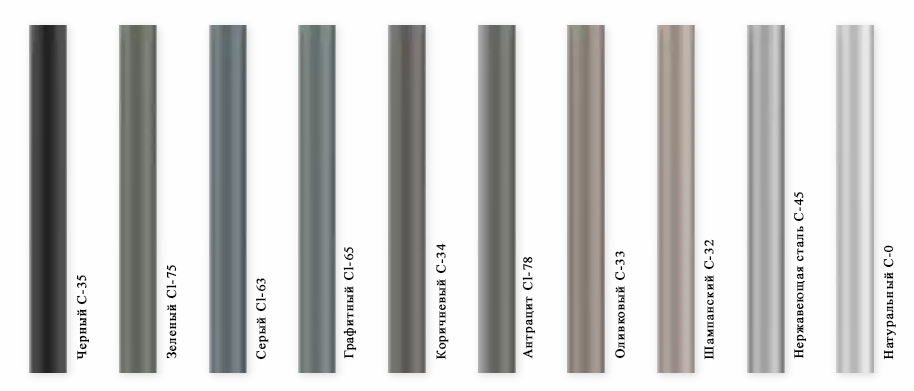
But, in addition to the material, it matters what technology of installation of lighting poles provided by the manufacturer of the selected model.
Classification by installation method
All standard options can be divided into two groups:
- Structures intended for digging. They have a high load-bearing capacity - they can be installed massive brackets with a large number of lamps. The process itself is relatively inexpensive;
- Supports on the anchor device. This method is typical for lightweight solutions that are connected from a cable line in the ground. It allows you to abandon the wires and make the lighting more aesthetic.
Now let's move directly to the features of the installation of each category. We will consider on the basis that the design and preliminary preparation of the territory is already completed.
Installation of lighting poles: digging technology
This method allows you to mount even very heavy and tall structures. Its step-by-step implementation is as follows:
- In the ground in a corrugated pipe the cable is laid to places of installation of lighting.
- For each point a well is drilled, the width of which must be greater than the diameter of the structure by at least 200 mm. The optimal difference is considered to be 300 mm.
- If necessary, the well is additionally strengthened with reinforcement. The need for this is determined by the structure of the soil, its looseness and softness.
- The support with already mounted headrests and lamps is installed in the base with the help of lifting equipment and concreted to the level of the main surface. In some cases, leave space and level the installation area, pouring local soil.
- On a column establish entrance boards which allow carrying out connection of fixtures, to carry out service.
The depth of immersion is determined by the weight and height of the column, the structure of the soil, but it cannot be less than 600 mm, even for low, light products. This is due to the influence of wind and additional load from the lamps.
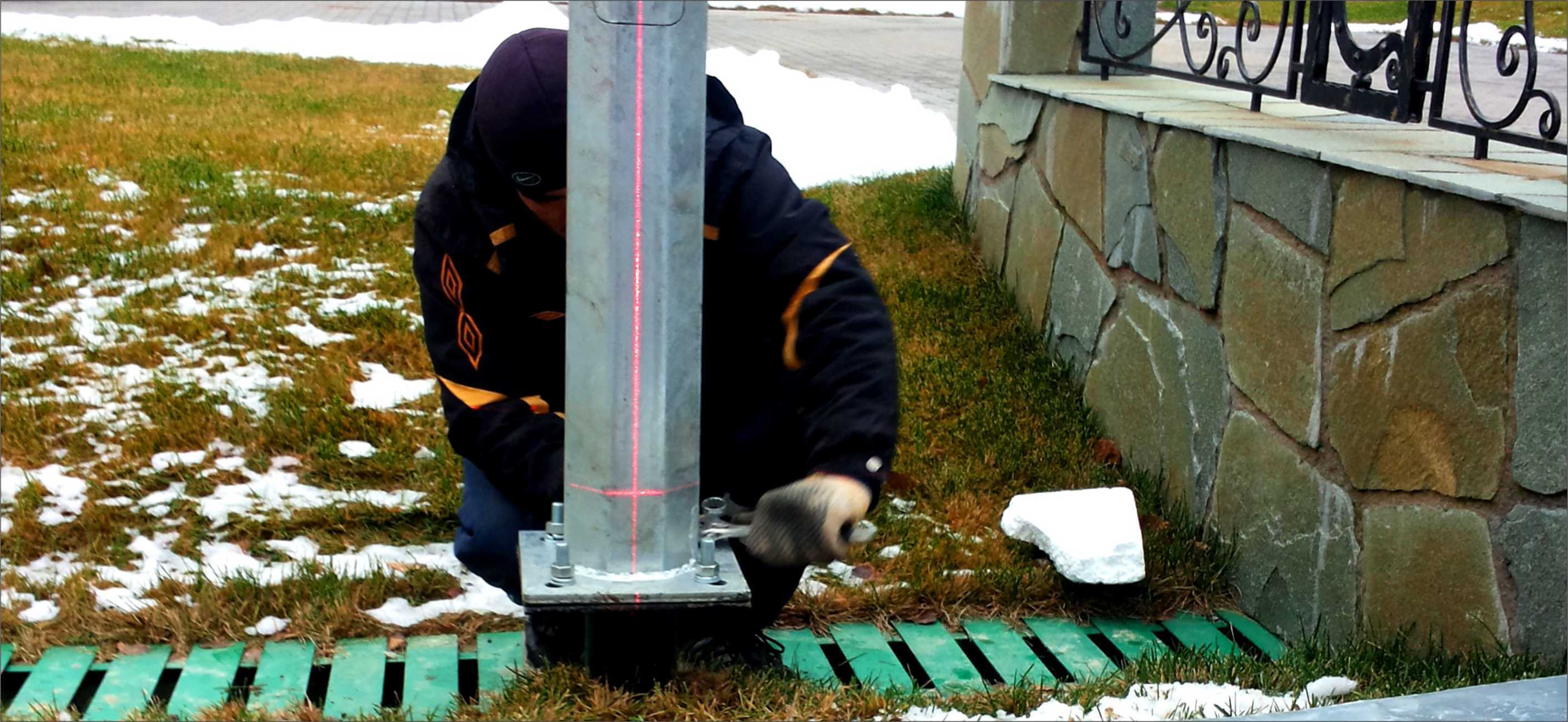
Installation of external lighting on supports with anchor fastening
This method is based on the assembly of the column in place of two parts - the foundation and the ground block. It is used for lightweight structures that do not require a deep foundation. The method is also suitable for places where it is not possible to drill. The procedure is as follows:
- A power underground line is being prepared and lighting installation points are planned.
- Depending on the characteristics of the soil, weight, even at the design stage, the appropriate type of foundation is selected. There are ready-made structures, but sometimes it is formed on the spot.
- An appropriate pit is prepared to install the base. This is usually done in conjunction with laying a trench for the cable line.
- The trunk with a cable which has to rise as a result above a surface is brought.
- Finished foundation blocks are installed on a sand-gravel cushion. A cable is brought to them and then the soil around is compacted.
- If the structure differs in weight and dimensions, the foundation is poured in place. The pit is prepared; if necessary the timbering is established. There is a system of fittings and anchor bolts. All this is poured and compacted with a concrete mixture; it takes time to provide the desired degree of strength.
- The base is covered with bituminous insulating compound.
- After completion of preparation of the bottom, anchor design, on anchors the column is established and fixed by nuts. Cropped nuts with cotter pins can be used for places with high vibration.
- Installation of input boards and connection of a cable from fixtures to power supply is carried out.
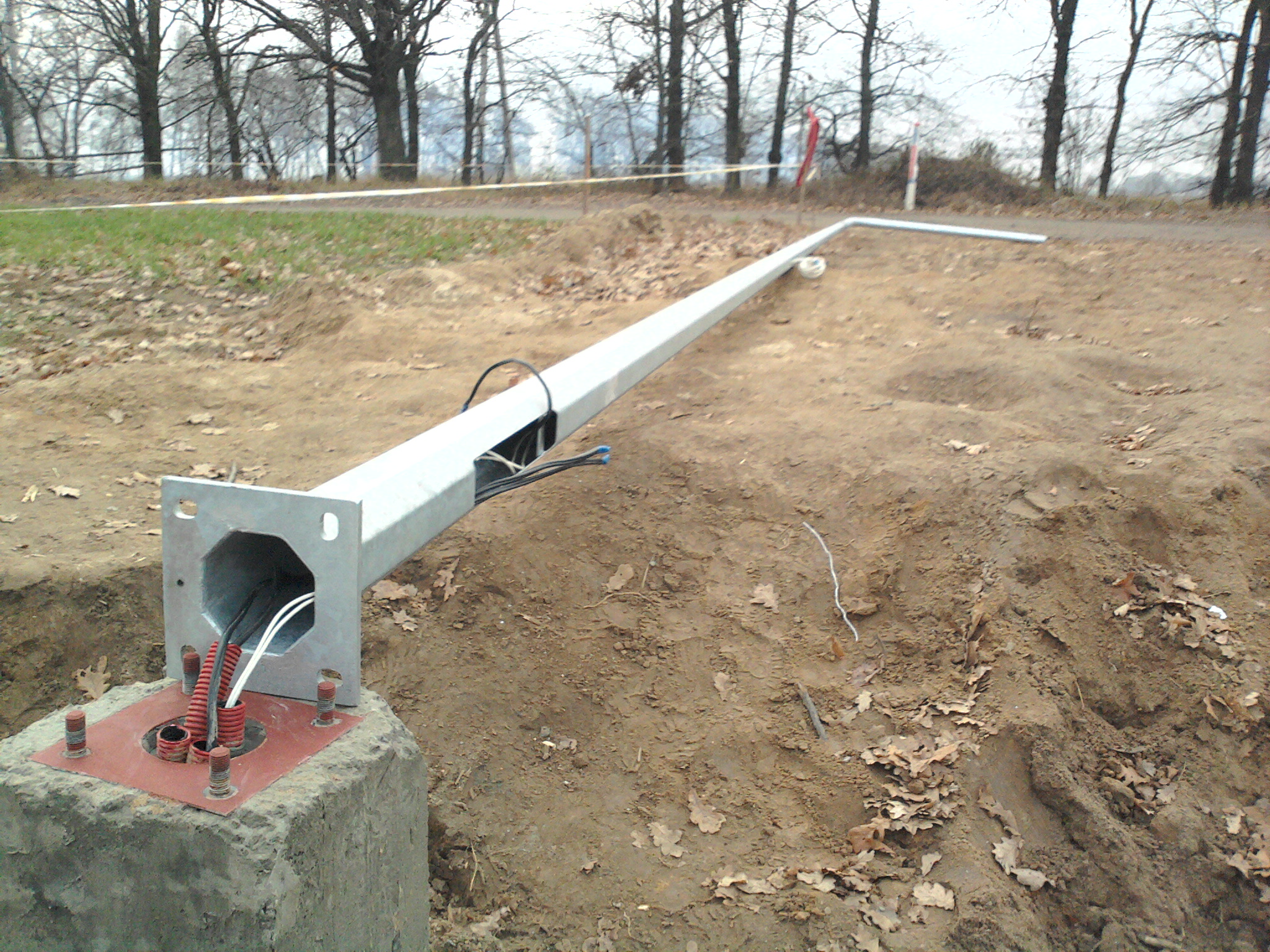
The choice of the appropriate method is influenced by both the nature of the soil and the material from which the product is made.
How is the installation of aluminum lighting poles performed?
Despite the fact that aluminum structures are not prone to corrosion, in the soil they are gradually oxidized and destroyed. Anchor fastening technique is usually used for them.
Given the conductive properties of aluminum, it is important to ensure reliable wire insulation. In principle, power poles are not made of this material, so the connection is made to the underground line, and the wires to the lamp are fed through the inner cavity.
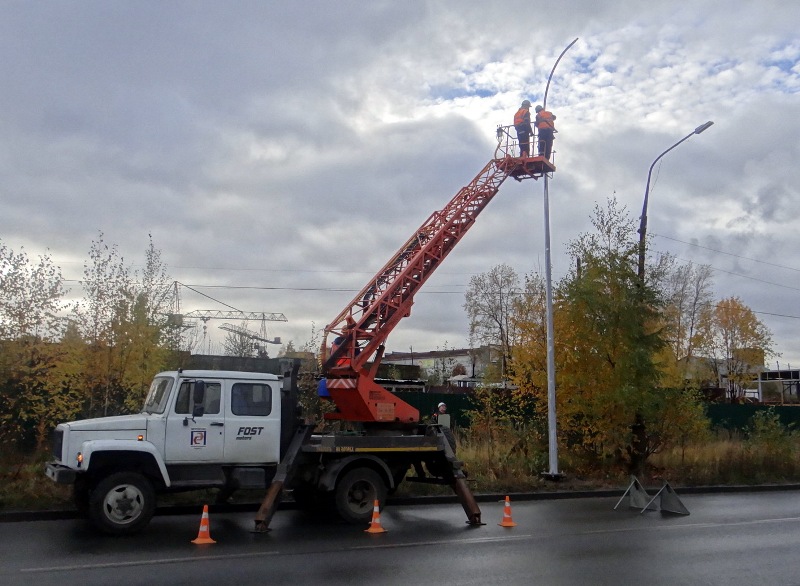
Installation of metal lighting poles made of galvanized material
The coating of such models increases their corrosion resistance, so some of them can be installed by digging. However, the anchor method of fastening to a pre-prepared foundation is still used more often.
Since galvanized metal retains the ability to conduct electricity by installing lighting poles, it is important to monitor the quality of wire insulation. Otherwise, the technology of attachment to anchor devices is standard. The only thing to remember is the importance of regular maintenance. Without care, such pillars collapse faster.

Installation of street lighting supports from composite materials
Due to the resistance to various external influences and low weight, composite columns can be mounted in any convenient way. If the point is not planned to be dismantled and moved in the future, you can choose the models to be dug.
You can also use different types of anchors for installation. Due to the versatility of the composite material, non-power and power poles are made, which also affects the installation of lighting poles (technology, method of connecting lamps and other parameters). The second option has its own specifics.
Installation of lighting poles: standards and features for power structures
This type is used where overhead power lines are used. They can use both methods of attachment: digging or mounting on an anchor device. The main difference is that the node connecting the lamps is at the top. If there is a cavity in the support, you can bring the shield to a comfortable height. Otherwise, the connection is made through a through hole in the upper part of the column or with clamps and traverses.
Installation of such structures is strictly regulated. The main document is the state building codes. It specifies the norms for the depth of digging, as well as the requirements for the brand of concrete mortar and the degree of its curing before installing the top. This knowledge is fully possessed only by professional teams. Also, connections to high-voltage power lines can only be performed by employees with the appropriate level of electrical tolerance.
